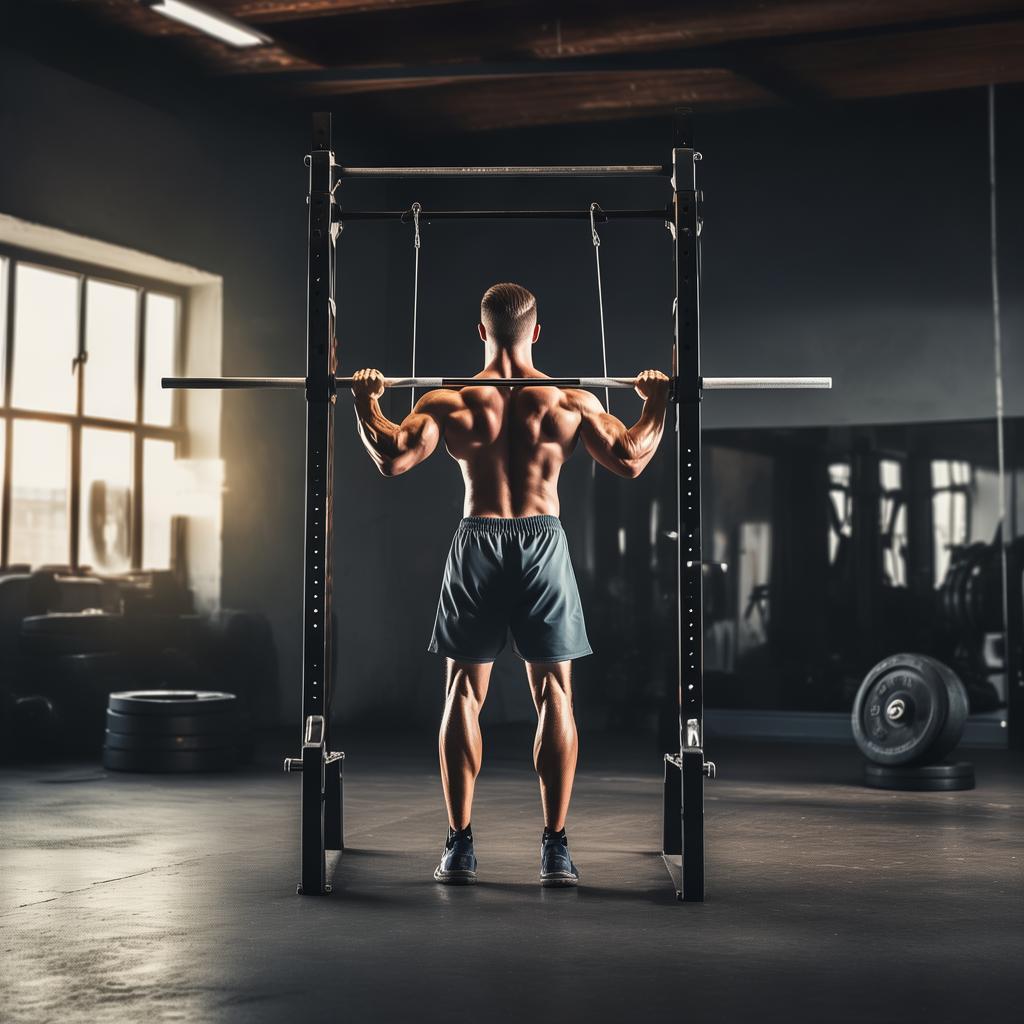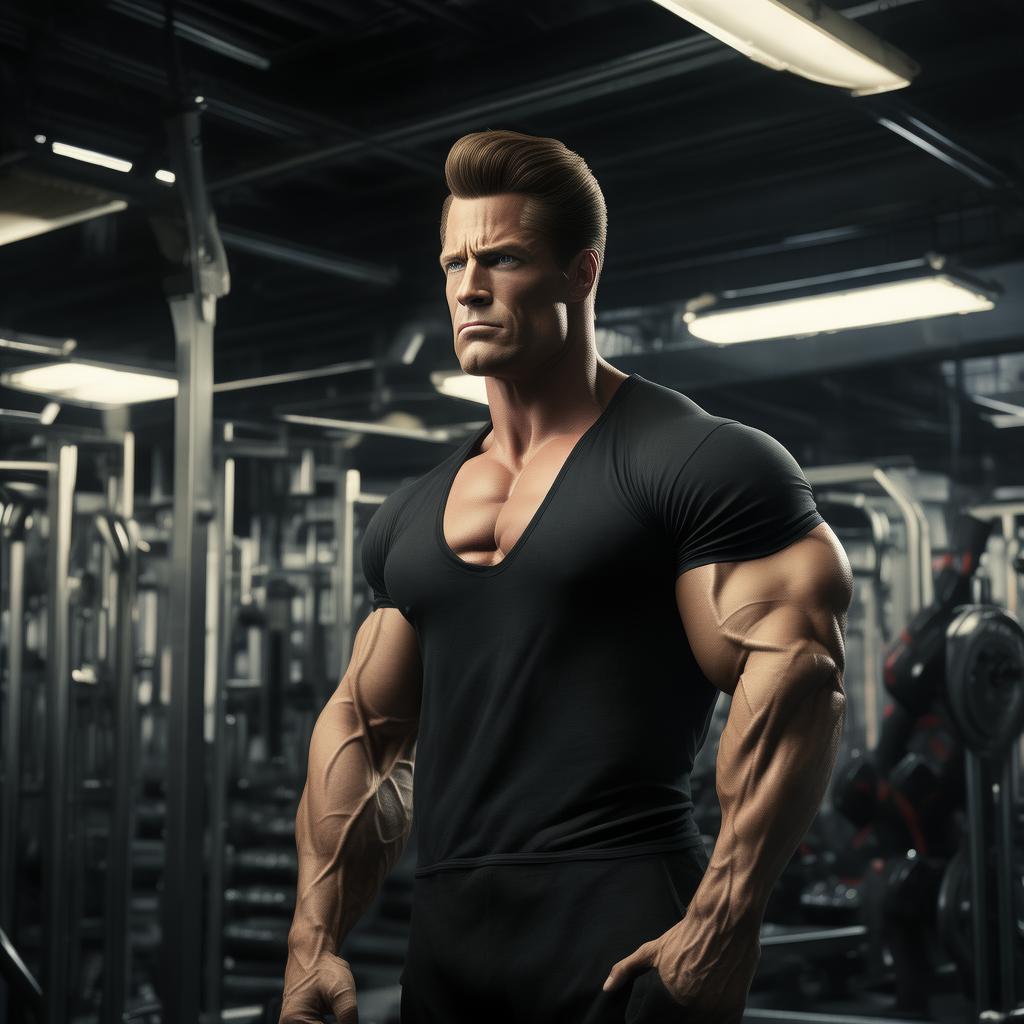Introduction to the Popularity of Hard Pulls among Fitness Instructors
On September 7, 2023, a common sight in the gym is fitness professionals and trainers engaging in hard – pull exercises. However, many fitness beginners are hesitant to try hard pulls due to concerns about potential injuries and self – consciousness. So, what are the benefits of hard pulling and how can one perform it correctly?
The Benefits of Hard Pulling
Fitness experts are well – aware that hard pulling is a great exercise for training the posterior part of the body. It targets the hamstrings, gluteus maximus, and the back. Posterior chain training is crucial as it helps balance the body, improves posture, and increases overall strength. In essence, hard pulling contributes to muscle building, better posture, and overall body balance.
The Mechanics of Hard Pulling
Whether it’s a traditional hard pull or a sumo hard pull, the hip and knee joints move simultaneously without a specific sequence. There are two key joint movements: knee extension, where the knee goes from a bent to a straightened state when exerting force, and hip extension, which is the increase in the angle between the upper and lower limbs of the body. In a hard – pulling motion, the angle between the hip joint and the lower limb increases, which is hip extension. If hip and knee extensions are sequential, for example, knee extension first followed by hip extension, the movement may transform into something else, like a straight – leg hard pull, which is not the correct form as the knee should be involved in the coordinated movement.
How to Practice Hard Pulls Correctly
One common mistake many make is arching the back during hard pulls. It’s essential to maintain the correct posture every time. Good posture not only reduces the risk of injury, although the risk can never be completely eliminated, but also distributes pressure evenly across the posterior – chain muscles, rather than concentrating damaging pressure on specific areas of the lower back. Additionally, proper form enhances athletic performance. When the right muscles work at the right time, the barbell can be effectively pulled from the floor to the locked position. With good posture, the barbell moves along a path that makes the most of the legs, hips, and back.
The Correct Hard – Pulling Motion
Once you’ve mastered the hip – hinge pattern, you’re ready for the hard pull. The correct hard – pulling position is as follows:
1. Stand with legs hip – width apart and hands on the outside of the thighs.
2. Grip the barbell in a positive grip.
3. Keep the back in a natural curve throughout the exercise.
4. Lower and tuck the shoulder blades back.
5. The bar should slightly touch the legs during the entire movement.
6. The hips and knees work together to move the bar from the floor to the upper thighs and lock the position. Whether it’s a traditional or sumo pull, as long as the knee is bent at the start, the quadriceps of the knee joint initiate knee extension while the hip joint does hip extension simultaneously during the pull.
Traditional Hard Pull
In a traditional hard pull, the feet are positioned with heels hip – width apart, toes pointing directly forward or slightly spread, and the feet fixed to the floor. The barbell should be placed in the center of the feet, and a position closer to oneself is often better. When ready, bend the knees and keep the spine as neutral as possible, avoiding a arched back. Grasp the barbell at the sides of the feet, with a not – too – wide grip. You can practice with a forward grip or a combination of forward and reverse grip, but avoid a two – handed reverse grip as it can lead to injury. Squeeze the shoulder blades back and lift the chest. Use the strength of the legs to pull the barbell off the floor. Once it’s above knee height, push the hips forward, stand up straight, and fully extend the hands to pull the barbell. Lock the weight in place by straightening the legs and lifting the chest, then slowly lower it back to the starting position, maintaining a non – arched back throughout.
Sumo Hard Pull
The sumo hard pull has a foot position similar to that of a sumo wrestler. The torso is straighter compared to a regular hard pull, and the hips squat lower, which limits the stimulation to the lower back. The quads and groin area are more engaged in the hard pull as the initial position is closer to a deep squat. The hands grasp the barbell on the inside of the legs, while the barbell’s positioning is the same as in a traditional hard pull. Both types of hard pulls have many other factors that can vary based on personal training habits.
Choosing between Traditional and Sumo Hard Pulls
So, how does one choose between the two? Regular hard pulling is a great full – body exercise, ideal for those seeking maximum muscle – building benefits. Some fitness enthusiasts prefer the sumo pull because the barbell doesn’t need to be moved as far, and with more leg involvement, the risk of lower back injury is reduced. Once you understand the similarities and differences, you should select the movement according to your training goals. For instance, if you aim to push your strength to the limit like a powerlifter, the sumo pull might be a good option. If you want to focus on the rear end, you can choose appropriate weights and do more traditional hard pulls.
Since hard pulling is a highly effective fitness movement, those who are passionate about weight – training often include it in their training programs. Even if you haven’t scheduled it frequently, if you want better fitness results, it’s time to incorporate hard pulls into your routine.





